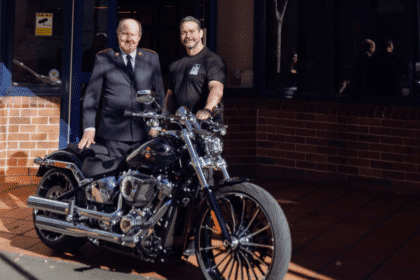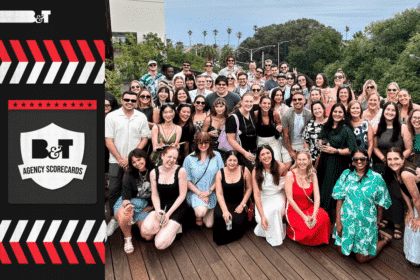As part of triple j’s Girls To The Front programming, Hack have released their fourth annual investigation into the representation of women in the Australian music industry.
The report takes an in-depth look at the numbers to show how the industry has changed over the past year – and the ways it hasn’t.
Across radio, festivals, boards, labels, artist managers, grants, earnings and more, the 2019 report reveals that the gender gap is slowly narrowing, but there’s still a long way to go.
The good news is, almost every measure analysed by Hack showed signs of greater gender diversity compared to Hack’s previous three reports.
However, there is still a large amount of room for improvement.
Below are some of the most revealing stats to come out of the report.
Radio in 2018 featured more songs performed by men than women.
Only 21 per cent of the top 100 most-played tracks on Australian radio stations in 2018 were by solo female acts or all-female groups; however, 27 per cent of songs contained at least one woman singing.
Furthermore, 63 songs in the 2018 Hottest 100 were by solo male artists or all-male acts.
On the other hand, the feature albums and artists on triple j, Double J and triple j Unearthed had the most consistent balance across the board in four years.
For the first time, all three stations featured more than 40 per cent of albums and artists by women (or acts with at least one woman).
In terms of leadership roles, men continue to dominate Australia’s music industry.
However, 2018 did see a noticeable shift, with 39 per cent of board roles now being held by women (up from 35 per cent the previous year).
This comes off the back of ARIA adding four female directors to its board.
Prior to this, ARIA’s board contained no women.
When it comes to songwriters, the gender gap is the biggest of them all: only 19 per cent of APRA payments (APRA is the organisation that pays Australian songwriters royalties) were made to women in 2018.
While APRA pays male and female songwriters the same amount of royalties, women earn less on average than men.
However, the earnings gap between male and female APRA members is narrowing: in 2018, female songwriters earned 88 cents for every dollar male songwriters did – up from 77 cents in 2017.
Festival line-ups are also looking to close the gender gap, with Falls Festival closing the gap completely in 2018, improving its score by 19 percentage points from 2017.
Every other festival analysed improved its gender diversity in 2018, except for Laneway, which dropped 6 percentage points compared to its result of 44 per cent in 2017.
Vicki Gordon, founder of Australian Women in Music Awards, said the Australian music industry has “always had a gender problem”, but welcomes the “slow” changes happening in this space.
She said every music fan interested in equality can help accelerate progress.
“I think what’s really important is to call out what you see as not being representative. But it’s also really important, I think, to support those of us who are really active, who are on the front line – who are often working tirelessly [for gender equality]”.








